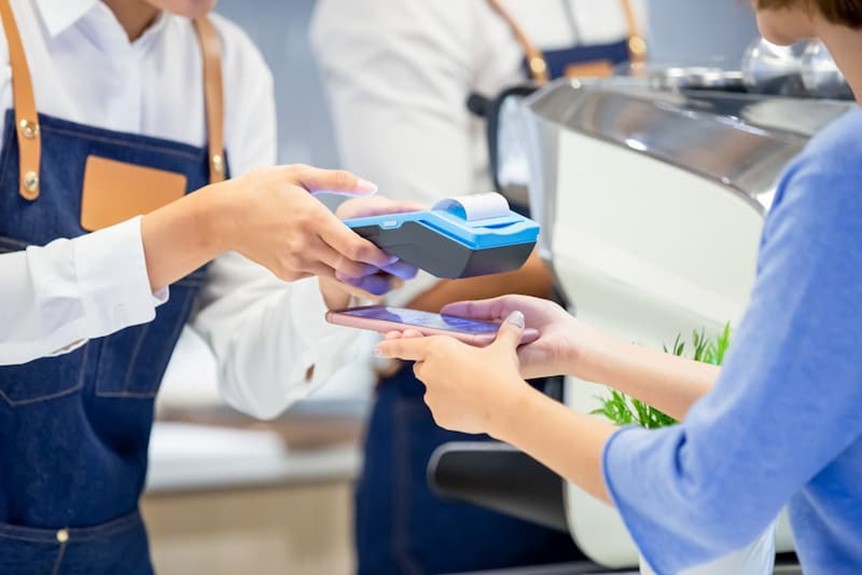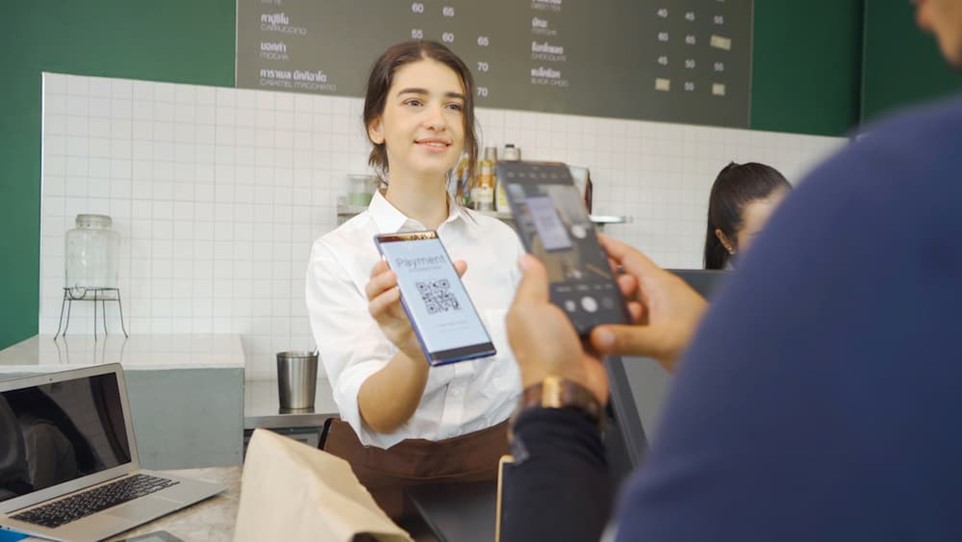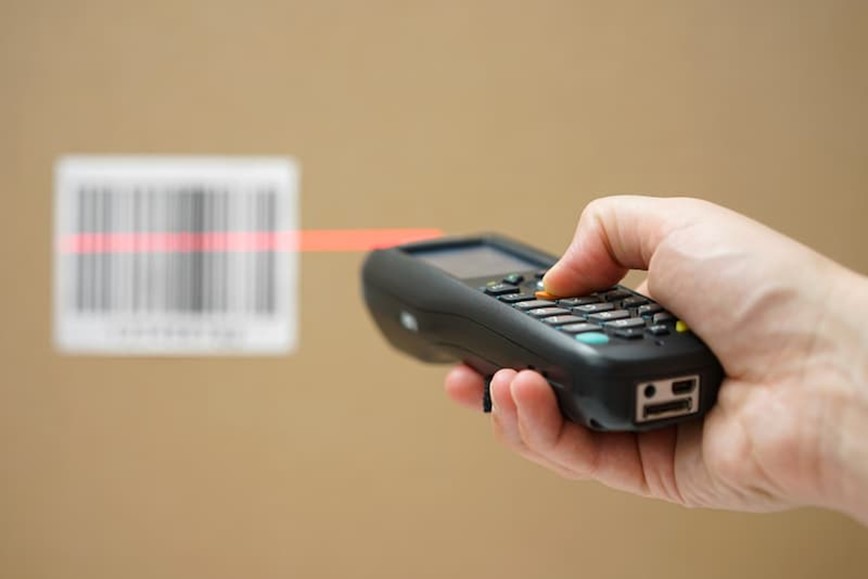
We are so used to utilising barcodes in our daily lives that it’s easy to forget the important roles they serve in almost every commercial and industrial sector. As providers of complete barcode systems for an extensive range of industries, we understand their importance for many businesses. One sector barcodes are especially useful is the fast-moving hospitality industry.
How Does a Barcode Work?
A UPC (or Universal Product Code) is the official name of the modern barcode. It is also described as a one-dimensional barcode that is scanned by a laser for accurate identification.
The laser detects the pattern of light absorbed and what’s reflected from the black and white stripes. Then, these amounts are translated into numerical data related to the company’s stock inventory.
The earliest barcodes were in the American transportation industry, but the concept of people in business tracking their stock has been around far longer. For example, on the Pennsylvania railroad, they pioneered a KarTrak system. This system was a mix of blue and red stripes with a six-digit code that automatically tracked railroad cars.
Later they were redesigned into the black and white barcode we recognise on products today. But, despite the changes, the goal has always been to track and quickly identify specific products.
For a more in-depth look into how barcodes work, please take a look at our blog.

Barcodes in Hospitality
The customer experience means everything in hospitality; no one likes waiting unnecessarily for their food or a table. By implementing barcode systems into your restaurant’s workflow, you can speed up everything from finding an empty table for new customers to taking their order and finding the bill. Even the kitchen process is sped up as modern time management software can help organise the food orders into the most efficient system.
Keeping track of your stock and assets in hotels can be a daunting task in a busy tourism season. Without barcodes, every item would need to be inputted into a database by hand for updates constantly. An efficient barcoding solution can simplify this complexity in combination with mobile computers and printers. From guest check-in, maintenance, and room service, this wireless technology not only keeps your employees connected but helps fulfil your customers needs quicker.
Food Packaging Barcodes
Barcodes are used prominently in food packaging. The sheer amount of barcodes the average consumer comes across when shopping is immense. In fact, we are all so used to seeing them that we barely even register them most of the time.
Barcodes play a vital role in the constantly evolving world of food production and sale. Their primary use is to help keep track of every single product in a company’s supply chain. In addition, they can help limit waste, follow specific regulations put in place by the government, and help deliver accurate product information.
To learn more about barcodes on food packaging, please read our other blog.

Hygiene and Safety Benefits
Barcodes are not just for keeping track of stock numbers; they can also help keep track of the sell-by dates of certain items. Any business that handles food is required by law to maintain the integrity of their products and monitor the expiry dates of their perishable items.
A computer database containing the barcodes of your inventory will allow you to easily keep track of what items are reaching the end of their life. With barcodes tracking the incomings and outgoings of your items, you can check your stock far quicker than in person.
Even if you just track your items in groups. Barcodes help increase the efficiency of your business by limiting your search for out of date items to just specific groupings.
Additionally, you can reduce manual, time-intensive paperwork throughout your supply chain by embracing digital asset tracking systems in the form of intelligent software. Software like this can filter vast databases into easier to digest information instantly.
The Future of Barcoding
RFID, also known as radio-frequency identification, gives us a great idea of the future of barcoding. These tags and codes receive energy waves from a scanner or reader. This energy moves through the label to the internal antenna and broadcasts its contained data. This upgrade in barcoding systems doesn’t require a line of sight to be scanned, it can be automated, and it can even be done meters away.
Already this affordable technology is being implemented in bars and restaurants in major cities. At GSM Barcoding, we offer a range of highly accurate, high-volume printers that could fulfil all your RFID card printing needs.
This new type of barcoding continues the concept of automated tracking and can be applied to many commercial sectors, including hospitality and restaurants. For example, accurately tracking your stock is vital for restaurants; preemptively placing a stock refill order is only possible with accurate stock reports.
Complete Barcoding Systems
GSM Barcoding has accumulated over 40 years of experience offering complete integrated barcode systems to a wide variety of businesses across the UK. We can provide the latest stock control, asset tracking, and bespoke barcoding services.
Please don’t hesitate to contact us today to share your needs, and our expert team will be happy to discuss how we can help provide what you need.


















